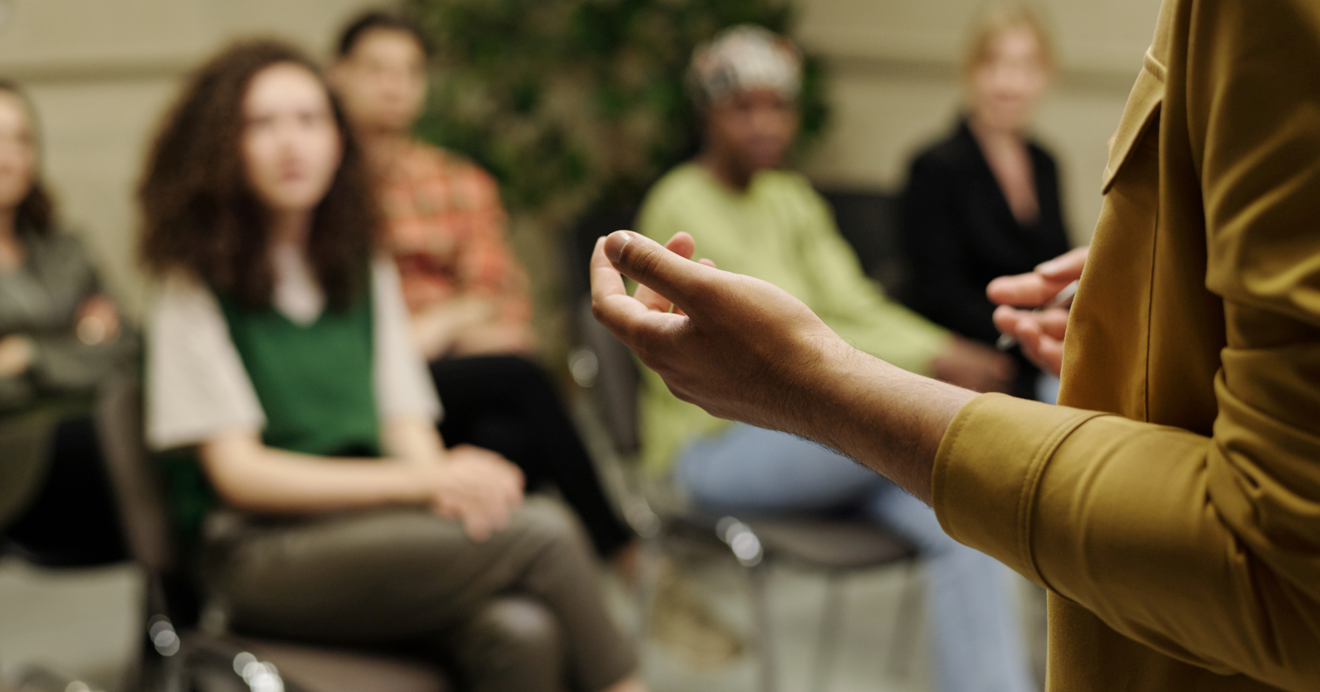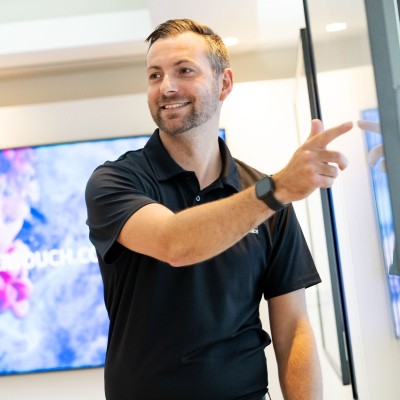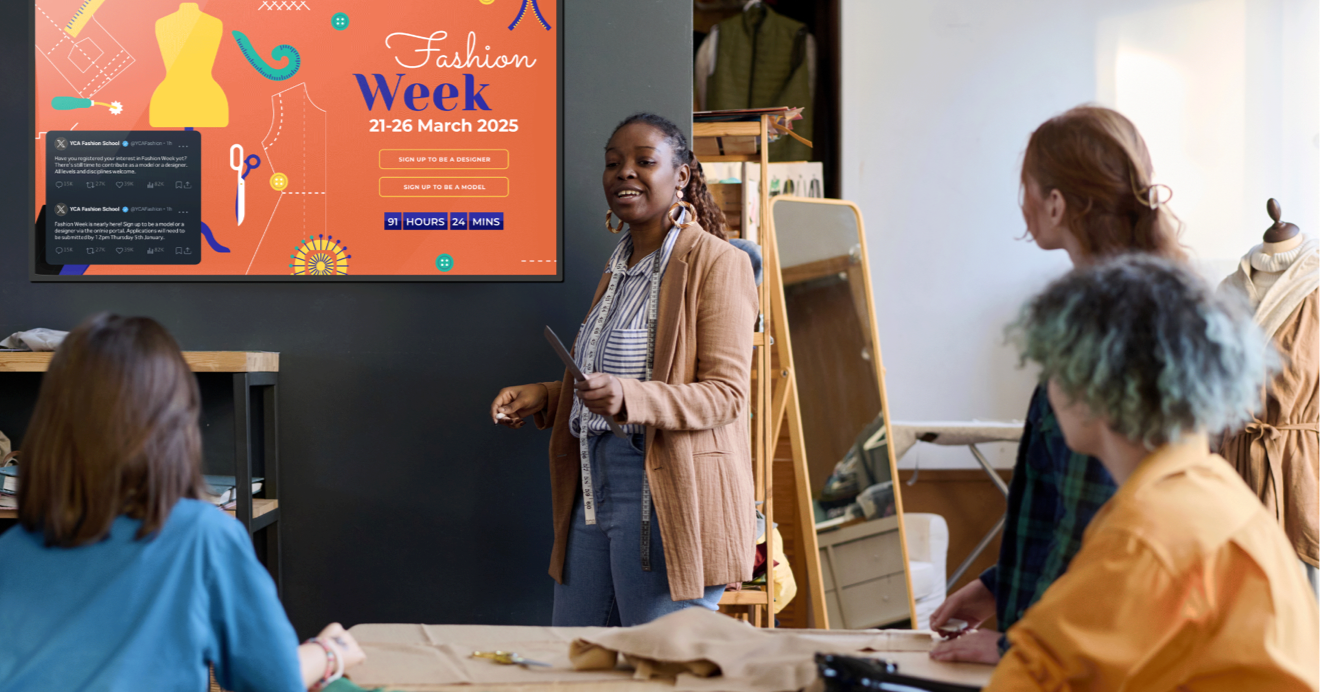From Compliance to Proactive Design
Accessibility once meant little more than ensuring lecture theatres had wheelchair ramps or hearing loops. Today, universities are thinking broader: height-adjustable lecterns, accessible control panels, neurodiverse-friendly spaces, and even bespoke solutions for individual students.
One university described creating a customised camera setup for a partially sighted student, allowing course materials to stream directly to their laptop. Small interventions like this can transform learning experiences.
Collaboration is Key
AV and IT teams cannot deliver accessibility alone. They must work closely with disability support departments, estates teams, and faculty to ensure spaces meet diverse needs.
Crucially, accessibility must be considered from the start of any design process. Retrofitting solutions after the fact is costly and often ineffective.
Creating a Culture of Inclusion
Many students won’t disclose disabilities until they arrive on campus. Institutions must therefore build proactive systems that anticipate needs rather than waiting for requests.
As one panellist put it: “We don’t just want technology that works for most people. We want technology that works for everyone.”
Accessibility isn’t just about fairness — it’s about enabling every learner to succeed.


